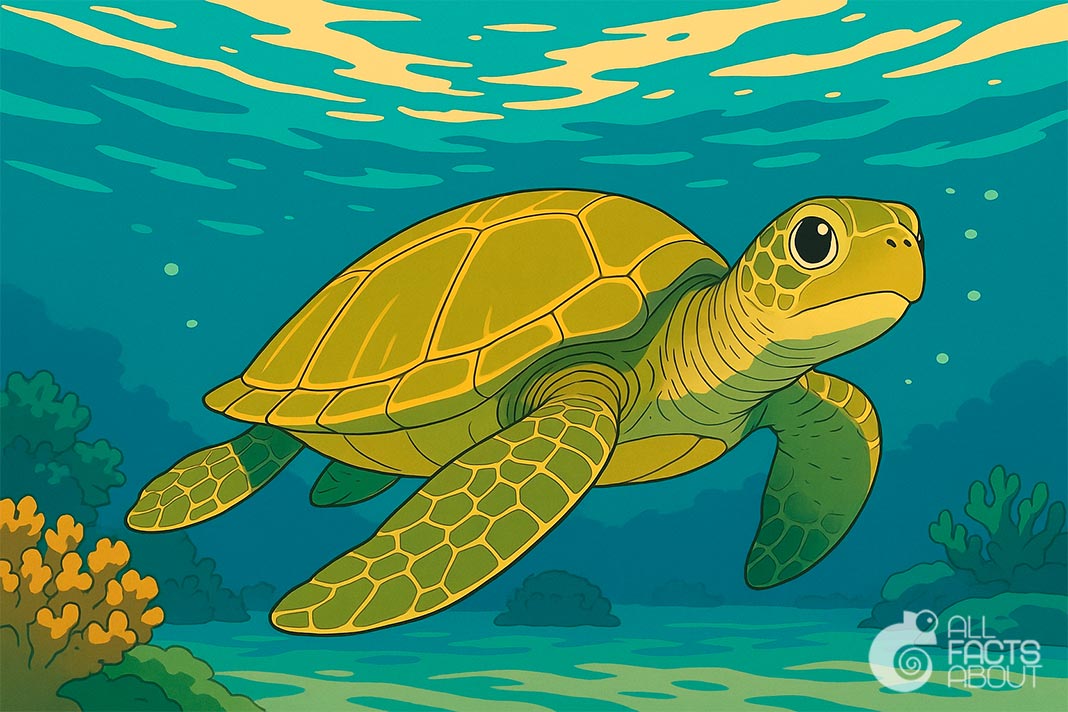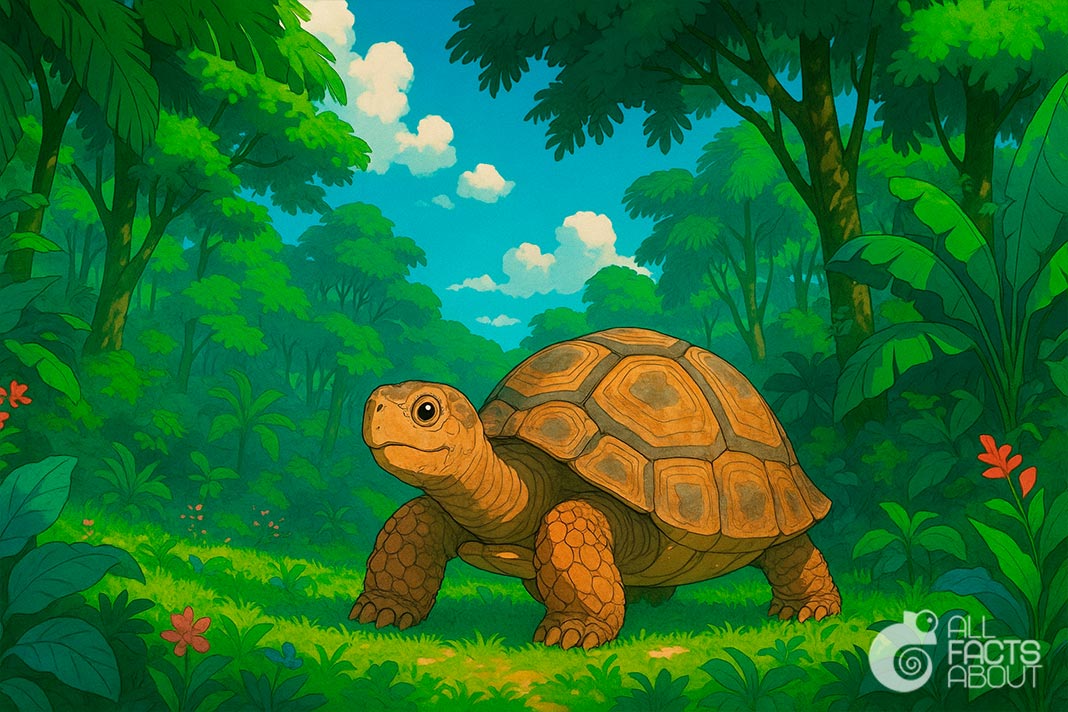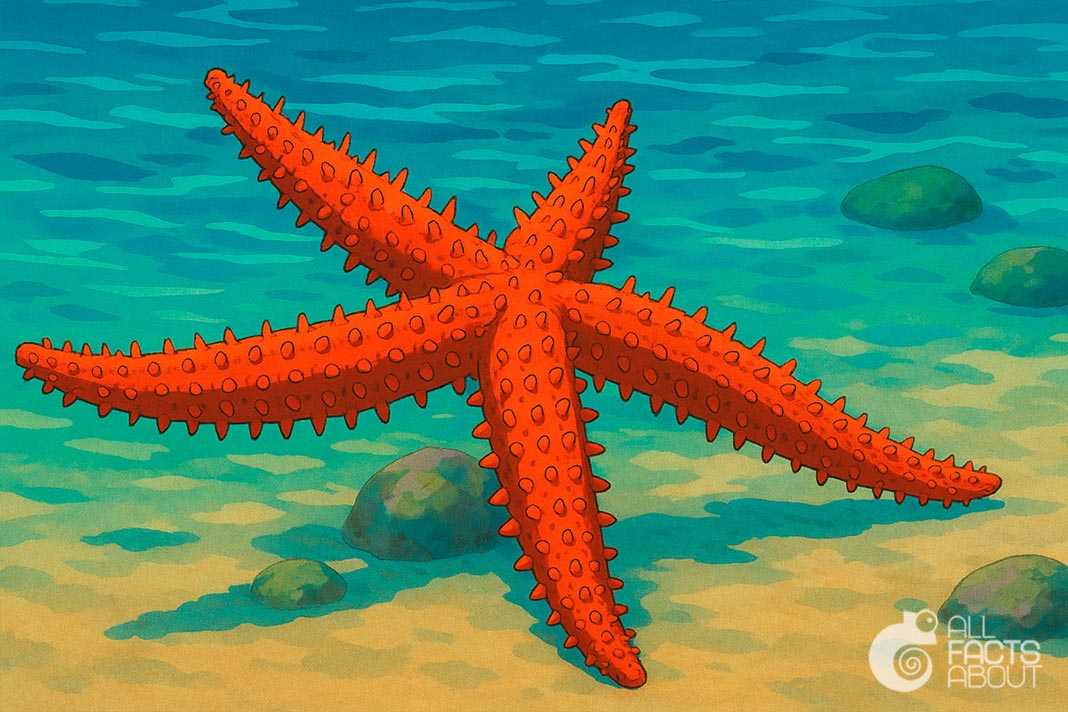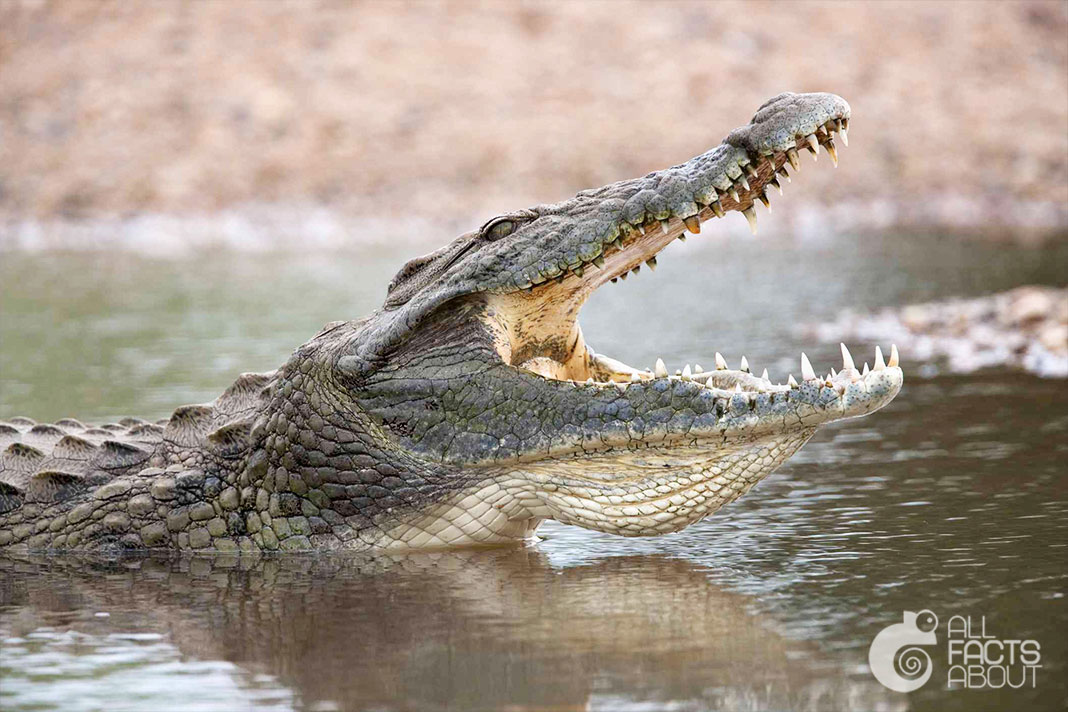Turtles are among the most fascinating reptiles on Earth. They have been around for millions of years and are found in oceans, rivers, and on land. These ancient creatures have unique adaptations and behaviors that continue to surprise scientists and animal lovers alike.
1. Turtles have existed for over 200 million years, making them one of the oldest reptile groups still in existence today, even older than snakes or crocodiles.
2. Unlike most animals, a turtle’s shell is part of its skeleton. It’s made of over 50 bones, including the spine and ribs, which have fused together to form a protective armor.
3. Sea turtles can hold their breath underwater for up to seven hours. Their slow metabolism and ability to store oxygen in their muscles allow them to dive deep and stay submerged for long periods.
4. Some species of turtles can live over 100 years. The giant tortoise, for example, is known to reach impressive ages, with some individuals living to be more than 150 years old.
5. Turtles do not have teeth. Instead, they have sharp, beak-like mouths that help them tear and chew food such as jellyfish, plants, and insects.

Sea turtles cannot retract their heads into their shells.
7. The temperature of the sand affects whether baby turtles will be male or female. Warmer sand usually leads to more females, while cooler sand makes it more likely that the babies will be male during the time the eggs are developing.
8. Turtles can "talk" before they hatch. Researchers have found that baby turtles make sounds while still inside their eggs to synchronize hatching with their siblings.
9. Baby turtles face many dangers. Only about 1 in 1,000 hatchlings survive to adulthood, as predators, pollution, and habitat loss pose constant threats from the moment they hatch.
10. Turtles have excellent navigation skills. Sea turtles, in particular, can travel thousands of miles across oceans and still return to the exact beach where they were born.
11. While turtles are slow on land, some sea turtles can swim at speeds of up to 22 miles per hour when threatened, using their powerful flippers to move quickly through water.
12. Some freshwater turtles can breathe through their butts. This process, called cloacal respiration, allows them to absorb oxygen from water through specialized structures in their rear.




